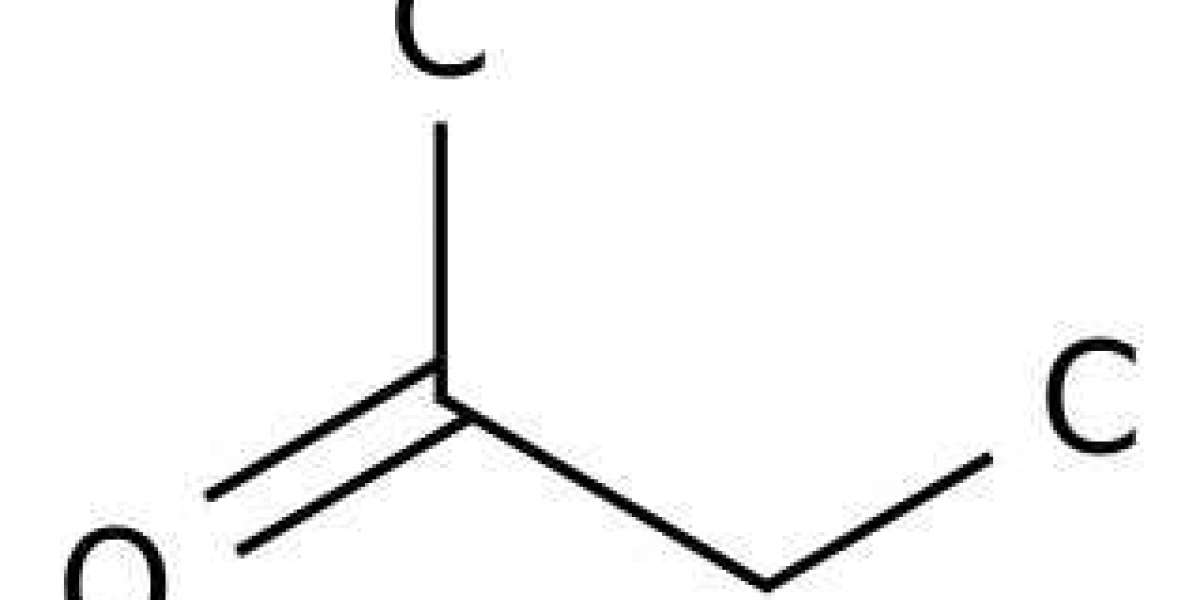A Brief Reminder: What Is Butanone?
Butanone is an organic compound often abbreviated to MEK – or known 2-butanone. It is a colourless liquid with a smell like mint mixed with acetone, and as a ketone, it contains a carbonyl group bonded to two hydrocarbon groups. Butanone is produced on an industrial scale as it is used in so many products and processes.
Uses of Butanone
The primary use of butanone is as a solvent. It is because of this that it’s one of the most important commercially-produced ketones, second only to acetone – in fact, the two chemical compounds have much in common. butanone is also used in the manufacture of paints, to clean electronic components, as a flavouring agent in food, and to clean surgical instruments as it can effectively kill bacteria. Butanone can also be used to make illegal drugs, and therefore it’s listed in the United Nations Convention Against Illicit Traffic in Narcotic Drugs and Psychotropic Substances.
Butanone as a Solvent
Butanone is highly effective and commonly-used solvent. As a solvent, it is used in manufacturing processes for gums, resins, cellulose acetate, and nitrocellulose coatings. These processes can be used to manufacture plastics, textiles, and paraffin wax. As consumers, we also often use products containing butanone in our daily lives, such as cleaners, lacquers, varnishes, paint removers, and glues.
Another use of butanone is in dry-erase marker pens as the solvent in the dye – it’s the ingredient that ensures the ink flows properly onto the whiteboard both because it can dilute many different pigments, and because its low viscosity means the ink can flow. It’s also what gives whiteboard pens their distinctive smell.
Butanone’s Use as a Plastic Welding Agent
If you ever built model kits as a child, you will have used butanone. Butanone can dissolve polystyrene (as well as many other plastics), and in this combination, it is used to ‘glue’ scale model kits together. However, it isn’t actually a glue – it’s more like a chemical welding agent. When applied to the model kit, the surface dissolves and is welded to the surface it’s being stuck to. The butanone evaporates away, leaving no gluey residue. This means the joins can be equally as strong as the kit itself.







